We offer inspiring fieldwork including on-board training aboard the training ship Oshoro Maru, coastal environment training, and sea-ice training on Lake Saroma in northern Hokkaido. In addition, we offer lecture and fieldwork courses in Hawaii in collaboration with the Uehiro Center for the Advancement of Oceanography at the University of Hawaiʻi at Mānoa’s School of Ocean and Earth Science and Technology. In these courses, students gain knowledge of the marine environment through real-life experiences that is needed to understand the impacts of human activities and to develop strategies to mitigate these impacts.
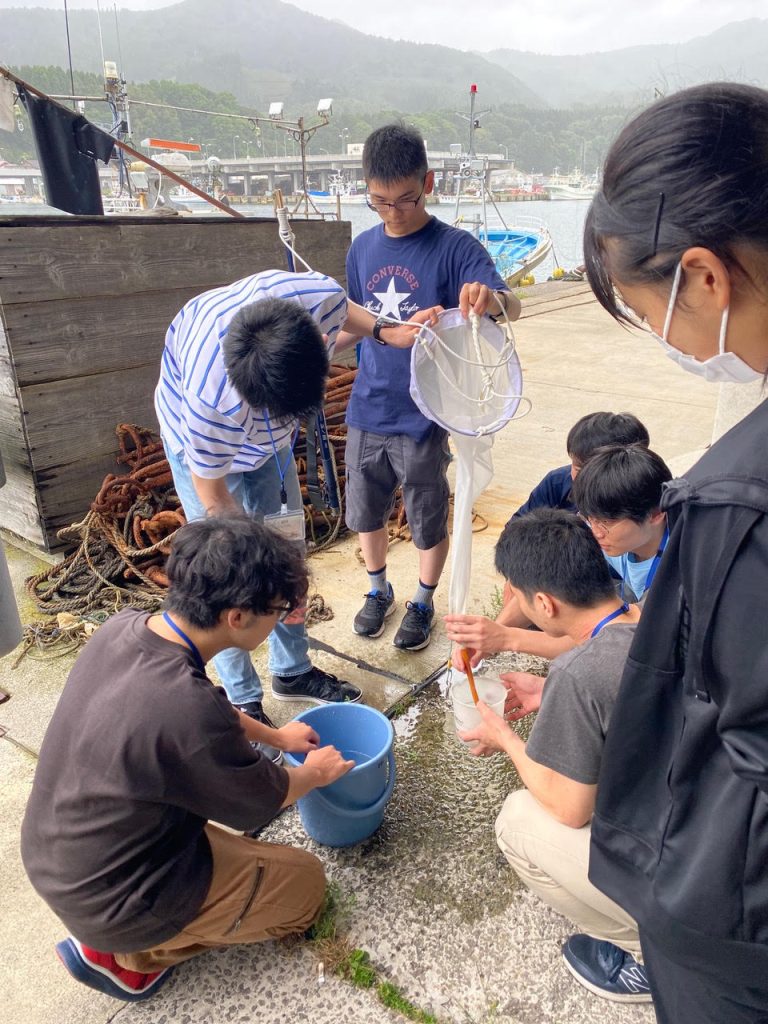
To enhance students’ knowledge and awareness of coastal marine environments and marine pollution, using Usujiri Marine Station (located on the eastern coast of Hokkaido’s Oshima Peninsula) as a base. Additionally, the course aims to introduce students to the challenges faced by local fishing communities and the obstacles to regional revitalization efforts.
Level
2nd to 4th year undergraduate students
Period
August 12th to 18th, 2025 (7 days)
Location
Usujiri Fisheries Station
Instructor
Anthony CHITTENDEN
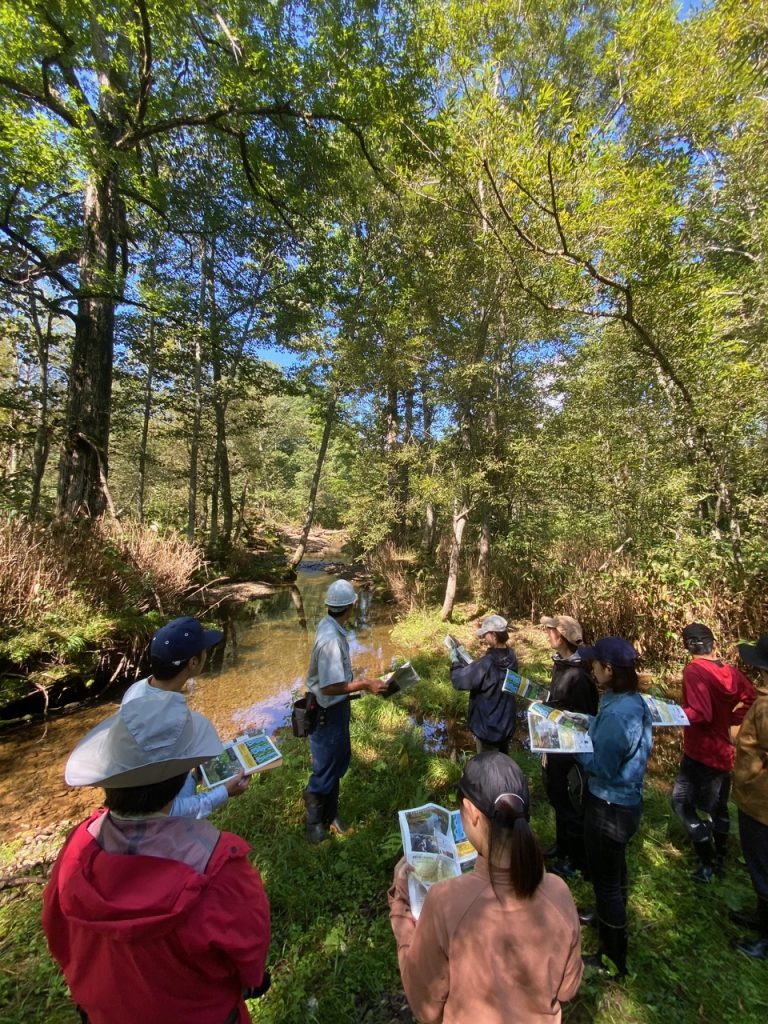
To develop student knowledge of sturgeon biology and aquaculture, explore economic development projects in Bifuka Town, and cultivate leadership skills.
Level
2nd to 4th year undergraduate
Period
September 13th to 20th, 2025 (8 days)
Location
Bifuka
Instructor
Tony CHITTENDEN
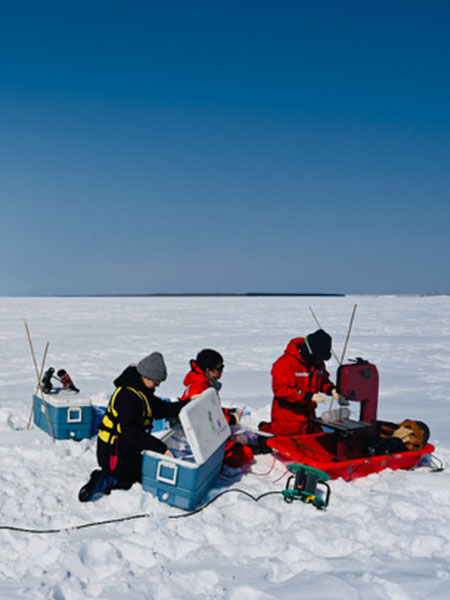
Topics include the basics of physical and biogeochemistrical aspects of sea ice, the relationship between sea ice and ocean, and the basic observational skills through observational experience at Saroma lagoon, facing the Sea of Okhotsk. We also experience the fascinating nature of sea ice and freezing sea.
Level
Graduate
Dates
February 23rd to 27th, 2026 (5 days)
Location
Lake Saroma
Instructors
Daiki NOMURA, Tatsuya KAWAKAMI
Language Requirement
M2M and HIMB courses and activities: an intermediate level of English proficiency (TOEFL 32-61) or above.
ILRE program: beginning level of English proficiency (TOEFL 0-31) or above.
Please note that students are not required to take the TOEFL exam to qualify for these courses or the ILRE experience at the University of Hawaiʻi at Mānoa.
Credits
TBA (Only credits of Hokkaido University not the University of Hawaiʻi)
Fees
Covered by Hokkaido University(Travel and accommodation)
How to apply
Information will be posted in the News as it becomes available.
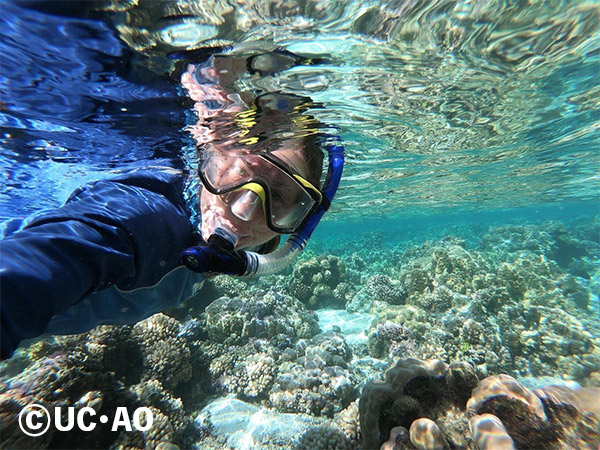
Level
Undergraduate
Capacity
Maximum 8
Timing
August 2027
Duration
2 weeks
Instructors
Dr. Sachiko Yoshida,
Dr. Hyodae Seo,
Dr. Nyssa Silbiger,
Dr. Margaret McManus,
Dr. Michael Guidry etc
This program incorporates oceanography lectures, laboratory activities, tutorials, coastal cruises, and an intensive field component combined with a variety of service-learning activities. A unique aspect of the course is its connection with local communities. These communities are using Hawaiian resource management practices to preserve and restore the watersheds and coastal waters of Oʻahu, Hawaiʻi. A series of short tutorials, spread throughout the program, are designed to broaden students’ skill sets and critical thinking. Topics will include accessing and reviewing scientific information, manipulating and graphing scientific data, interpreting spatial and temporal trends in environmental and oceanographic data, introductory concepts in computer programming, and presentation of research results to peers and the general public.
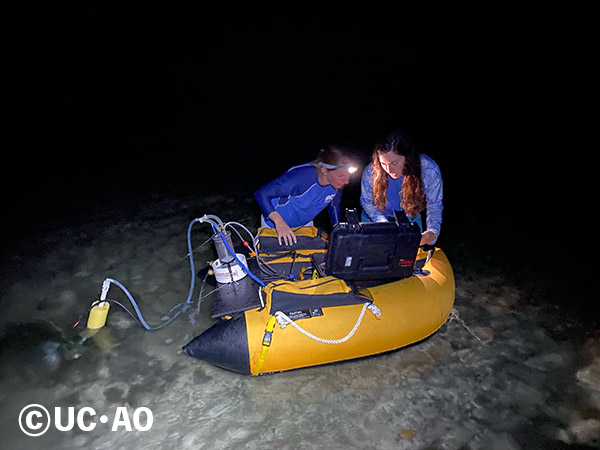
Level
Undergraduate and graduate
Capacity
Maximum 3 students
Timing
2026
Duration
4 weeks
Instructors
Dr. Hyodae Seo,
Dr. Nyssa Silbiger,
Dr. Sachiko Yoshida etc
This four-week program offers students a unique opportunity to engage in research in the field of oceanography (physical, chemical, biological). Students will choose a research topic of their interest and work closely with the UH faculty members/researchers in the group.
Dr. Seo
Students will gain hands-on experience accessing, analyzing, and visualizing diverse datasets, including in situ measurements, gridded observational datasets (e.g., satellite and reanalysis), and output from numerical model simulations. Through project-based learning, students will develop skills in diagnostic analysis and interdisciplinary approaches to assess and interpret observational and model results, with a particular focus on the role of oceans in climate variability and extreme weather events. Example topics include:
Surface waves in Hawaiʻi and Pacific islands
Use in situ wave measurements and global high-resolution wave model hindcasts to examine the seasonal, intraseasonal, and interannual variability of bulk and spectral wave properties, with focus on extreme wave events in Hawaiʻi and the Pacific Islands.
Impacts of offshore wind farms on oceans
Utilize existing high-resolution model simulations and in situ observations to evaluate how large-scale offshore wind farms may influence shelf ocean dynamics, including circulation, mixing, and temperature patterns or micro weather patterns around Hawaiʻi.
Kuroshio Current and regional climate in Japan
Examine the role of the Kuroshio Current in shaping regional climate and extreme events around Japan, leveraging global high-resolution model simulations from the Ultra-High-Resolution Climate Simulation Project.
Dr. Silbiger
Students working in the Silbiger Lab will gain hands-on experience in intertidal and subtidal fieldwork on a range of coral reef ecology topics in locations in Hawaiʻi. Students must be comfortable in the field and working during non-traditional work hours due to the timing of the tides. These topics will vary across years and may include:
Hawaiian tide pool ecology
Students will learn basic intertidal ecology of Hawaiian tide pools and understand the role of limu (algae) in controlling local biogeochemistry. Students will learn to collect biological and biogeochemical data in tropical tide pools.
Submarine groundwater discharge on coral reefs
Students will learn how to conduct subtidal coral reef transect (students must be strong and competent swimmers) at sites with and without submarine groundwater discharge. Students may learn basic coral physiology (e.g., respirometry, symbiont chlorophyll, etc) and biogeochemistry (e.g. pH, total alkalinity, dissolved organic carbon).
Dr. Yoshida
The broad goal of this course is to gain understanding of how to utilize oceanographic observation products for your research. The student will learn basic coding for data collection and visualization, as well as analysis methods and error analysis.
Role of eddies in climate research
Mesoscale eddy is a major contributor to global heat balance. Using the satellite measurements, we will identify eddies of different temporal-spatial scales in the ocean. Tracking the eddy formation and evolution process over time, we will learn eddy characteristics, transport, and interaction with the large-scale mean field.
Deep ocean water property analysis
Physical water properties in the global abyss have changed on climate-relevant timescales. Using bottle-calibrated CTD observations from zonal hydrographic repeat transects, long-term changes in temperature, salinity, and density will be investigated.
Lagrangian analysis for water transport and pathway
Using the location information from surface drifter or Argo floats, we will learn the basin scale physical oceanographic features (gyres and eddy fields) and estimate diffusivity by computing the rate of trajectory dispersion.
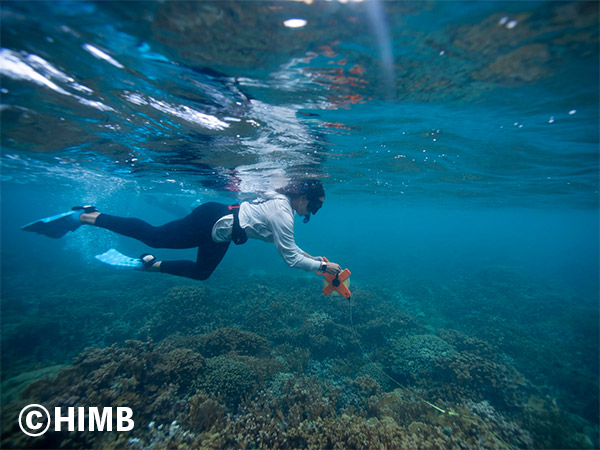
Level
Graduate
Capacity
Maximum 2 per course, Maximum 10 per year based on course availability.
Timing
2026・2027・2028・2029
Instructors
Faculty of HIMB
The Hawaiʻi Institute of Marine Biology provides immersive, hands-on graduate training experiences on our Moku o Lo’e campus in Kāneʻohe Bay, Oʻahu. These courses are part of the UHM Marine Biology Graduate Program, and Hokkaido University students would participate with UHM graduate students in these courses.
©Copyright ulo.fish.houdai.ac.jp All Right Reserved.